The Art of Screening Employees for a Safer and Stronger Workforce
👤Screening employees is crucial for organizations to ensure the integrity, trustworthiness, and suitability of individuals before they are hired or given access to sensitive information or critical responsibilities.
Here’s why vetting employees should form part of your risk management process:
👉 Hiring individuals with appropriate credentials, qualifications, and ethical standards helps protect the reputation and brand of an organization. Employees are representatives of the company, and their actions can significantly impact its image and public perception. Screening employees helps mitigate the risk of hiring individuals with a history of misconduct or behaviors that could harm the organization’s reputation.
👉 Many organizations deal with sensitive and confidential information, such as trade secrets, customer data, or intellectual property. Vetting employees helps ensure that individuals with access to such information can be trusted to maintain its confidentiality. This reduces the risk of data breaches, leaks, or unauthorized disclosure of sensitive information.
👉 Compliance with Legal and Regulatory Requirements: Certain industries have stringent legal and regulatory requirements for employee screening. For example, organizations in the financial sector are often required to conduct background checks to comply with anti-money laundering and know-your-customer regulations. Screening employees helps organizations adhere to these requirements and avoid legal penalties or reputational damage.
The Financial Intelligence Centre (FIC) issued Directive 8 on March 31, 2023, requiring accountable institutions to assess the competence and integrity of employees, as well as screen employee information against targeted financial sanctions lists, in order to manage the risk of money laundering, terrorist financing, and proliferation financing.
- The FIC also provided a guiding document (PCC 55) that outlines compliance guidelines for the directive. It recommends a risk-based approach to screening, with higher-risk roles requiring more frequent screening and at least annual screening for high-risk roles.
- Non-compliance with the directive may result in penalties of up to R50 million. Accountable institutions are required to document the evaluation process and maintain accessible records of the findings. They must also comply with applicable labor laws and consider the obligations of the Protection of Personal Information Act (POPI) when collecting and processing personal information of employees.
This directive requires accountable institutions to periodically assess both current and prospective employees for their competence and integrity, in a risk-based manner, as well as scrutinise employee information against targeted financial sanctions lists. The purpose of this, according to the directive, is to identify, assess, monitor, mitigate and manage the risk of money laundering, terrorist financing and proliferation financing. The directive seeks to ensure that accountable institutions not only have measures that manage the risks associated with money laundering, terrorist financing and proliferation financing in respect of external parties, clients and external stakeholders, but also in relation to the risks that may arise internally in respect of its employees.
In conducting this assessment, in compliance with section 26A(3) of FICA, an accountable institution must determine whether any current or prospective employee has been the subject of a resolution adopted by the Security Council of the United Nations, where it is identified as a target for financial sanctions which entail member states of the United Nations to take the actions specified in the resolution.
Accountable institutions are required to document how the evaluation was carried out and preserve records of the findings, which should be accessible to the FIC upon demand.
Let’s break it down:
Objective:
PCC 55 aims to guide accountable institutions on practical measures related to:
- Screening prospective and current employees for competence and integrity periodically
- Scrutinizing employee information against targeted financial sanctions lists.
Context:
- The directive addresses money laundering (ML), terrorist financing (TF), and proliferation financing (PF) control.
- It emphasizes a risk-based approach to employee screening.
- Higher-risk roles require more frequent screening, while high-risk roles need at least annual checks.
Authority and Importance:
- The FIC Act empowers the FIC to provide authoritative guidance.
- Compliance with this guidance is crucial; non-compliance may lead to enforcement actions.
- Institutions must demonstrate equivalent compliance even if they deviate from FIC guidance.
Key requirements that accountable institutions need to consider:
- Risk-Based Approach:
- Institutions should adopt a risk-based approach to employee screening. This means tailoring the level and frequency of screening based on the risk associated with specific roles.
- Higher-risk roles (such as those with direct access to financial transactions) require more frequent screening, while lower-risk roles may need less frequent checks.
- Prospective Employees:
- Before hiring new employees, accountable institutions must conduct thorough background checks.
- Key requirements include verifying identity, assessing qualifications, and scrutinizing employment history.
- The goal is to ensure that prospective employees have the necessary competence and integrity to perform their roles effectively.
- Ongoing Screening for Current Employees:
- Regularly screening existing employees is essential.
- Institutions should periodically review employee information against targeted financial sanctions lists, watchlists, and other relevant databases.
- The frequency of checks should align with the risk associated with each role.
- Record Keeping:
- Institutions must maintain accurate records of employee screening activities.
- These records should include details of the screening process, results, and any necessary follow-up actions.
- Training and Awareness:
- Employees should receive training on AML, TF, and PF risks.
- They need to understand their responsibilities related to compliance and reporting suspicious activities.
- Regular awareness programs help reinforce the importance of vigilance and adherence to policies.
Visit our website to find out more about Our Automated Workflow Solution Which Allows You to Screen, Risk-Rate and Manage Employee Risk.
Employee Risk Management – Navigate Compliance – powerful tools.

